Avios is quickly becoming one of the most widely used loyalty currencies. Long used by British Airways, Iberia and Aer Lingus, Qatar Airways and Finnair have recently joined the party and adopted Avios.
A neat feature of the five airline programs is the ability to transfer Avios between them in any direction at a 1:1 rate at no additional cost. This means a balance in Iberia Plus can easily become a balance in Qatar Airways Privilege Club and vice versa. This offers travelers enormous flexibility to choose the Avios program that is best for them, and move their Avios balance into their program of choice.
I’m based in the United Kingdom, so you may assume I would default to the largest and most popular Avios program, British Airways Executive Club. While it was initially my go-to loyalty program, with so many ways to earn and redeem Avios, with two new programs joining the Avios family in 2024, I’ve kept a keen eye on the benefits of each program to decide if I should jump ship.
While all five programs have unique and rewarding benefits, as someone who analyzes loyalty programs for a living, here is why I’m continuing to focus on British Airways Executive Club as the overall best Avios loyalty program for 2025.
Related: 5 versions of Avios: When to use Aer Lingus, British Airways, Finnair, Iberia and Qatar Airways
Easily achievable elite status
How you earn elite status in any Avios program depends greatly on your personal travel and spending habits. If you’re consistently flying long-haul, business- and first-class products on paid tickets, you’ll likely quickly climb the elite status tiers in any of the five programs.
I’ve held either mid-tier Silver or top-tier Gold status with British Airways for the past six years. Oneworld Emerald status sure is nice, with first-class lounge access even when flying economy and additional redemption seats made available for Gold members, but I haven’t found the benefits significant enough to reach for Gold every year.
Overall, I’m happy to reach Silver status (Oneworld Sapphire) for the foreseeable future. BA Silver status comes with all sorts of perks like priority check-in, security and boarding; additional checked baggage; free seat selection; and worldwide lounge access when flying Oneworld airlines, which I’ve found very valuable when flying in economy.
Related: A review of British Airways World Traveller economy on the Airbus A380 from London to Miami
Daily Newsletter
Reward your inbox with the TPG Daily newsletter
Join over 700,000 readers for breaking news, in-depth guides and exclusive deals from TPG’s experts
Plus, I have found this elite status has benefited me on Oneworld partners, especially when flying on American Airlines, which generously gives Sapphire status members Flagship Lounge access and allows them to select Main Cabin Extra seats.
Because Aer Lingus is not a member of a major alliance, I do not value earning elite status in the AerClub loyalty program. While the Qatar Airways Privilege Club program allows you to earn elite status through credit card spending, reaching Gold status (Oneworld Sapphire) through credit card spending would require a significant amount of money. While the Qatar Airways Privilege Club Visa Infinite Credit Card does offer Gold status, it’s only complimentary for the first year.
The information for the Qatar Airways Privilege Club Visa Infinite Card has been collected independently by The Points Guy. The card details on this page have not been reviewed or provided by the card issuer.
Therefore, to earn the equivalent of Oneworld Sapphire status, I’d need to hit the following thresholds within each Avios loyalty program:
- British Airways Executive Club requires earning 600 Tier Points (and taking four qualifying flights)
- Qatar Airways Privilege Club requires earning 300 Qpoints
- Finnair Plus requires earning 45,000 Tier Points
- Iberia Plus Gold requires earning 2,250 Elite Points or taking 50 flights
While Qatar’s 300 Qpoints seem the easiest to earn, crediting the same flight within each program does not earn the same number of status points.
For example, a flight on American Airlines domestic first class from Boston Logan International Airport (BOS) to Ronald Reagan Washington National Airport (DCA) would earn:
- 40 British Airways Tier Points (6.7% of the total required)
- 16 Qatar Airways Qpoints (5.3% of the total required)
- 598 Finnair Plus Tier Points (1.3% of the total required)
- 75 Iberia Plus Elite Points (3.3% of the total required)
So, if you’re flying American Airlines in domestic first class, which can often be an affordable way to earn elite status, it’s quicker to earn Oneworld Sapphire status with British Airways Executive Club than with other Avios loyalty programs.
Another option would be to fly regular economy V class from John F. Kennedy International Airport (JFK) to London’s Heathrow Airport (LHR) on British Airways. This would earn:
- 35 British Airways Tier Points (5.8% of the total required)
- 16 Qatar Airways Qpoints (5.3% of the total required)
- 1,725 Finnair Plus Tier Points (3.8% of the total required)
- 350 Iberia Plus Elite Points (15.5% of the total required)
While Iberia Plus wins in this example, BA is still a solid option for earning status in economy class.
British Airways has also offered a generous double Tier Points promotion where eligible British Airways Holidays of at least five nights will earn double Tier Points for travel until June 30, 2025 (though this offer has been extended numerous times). I have taken advantage of this generous offer to earn Silver status with just one trip to Club Europe and will be looking to do so again when my current Silver status expires next year.
European redemptions from just 4,750 Avios
For flights of up to 600 miles in length, British Airways Executive Club charges just 4,750 Avios on off-peak dates plus a set rate of 17.50 British pounds (about $22) in fees, taxes and surcharges thanks to Executive Club’s terrific Reward Flight Saver option. You can also reduce the $22 fees, taxes and surcharges to less than $1 by paying more Avios (9,250 in the case of a Zone 1 off-peak flight).
With a checked bag included and status benefits honored, this is a great deal to visit beautiful destinations like Amsterdam, Bilbao, Geneva and Milan; it has helped me book several inexpensive weekends for myself and my loved ones.
Related: British Airways reveals revamped short-haul seats and new transatlantic first-class timeline
Aer Lingus AerClub, meanwhile, charges just 4,000 Avios for Zone 1 redemptions off-peak. However, this only covers flights between Ireland, the United Kingdom, Belgium, the Netherlands, and France, while BA’s 4,750 Avios rates cover many more destinations with its extensive route network.
It’s worth noting Iberia Plus offers a limited number of short-haul seats (including those operated by British Airways) at slightly lower rates than Executive Club. However, their website and call center are more difficult to navigate versus the ease of booking on ba.com.
The same short-haul redemptions flying on BA but booked through Qatar Airways Privilege Club start from 9,250 Avios plus $50.50.
Sensible pricing for partner redemptions
While British Airways uses award charts for flights operated by partner airlines, it has chosen to adopt some of the best sweet spots of other Avios programs, even if this means offering lower rates than the award charts display.
For example, Executive Club’s award chart for British Airways, Iberia and Aer Lingus flights show off-peak business-class rates for flights of 3,001 to 4,000 miles in length at 50,000 Avios off-peak and 60,000 Avios on peak dates. While this is reasonable compared with what non-Avios programs charge for transatlantic flights, Iberia Plus has long kept a sweet spot for nonstop flights of this length that they operate between the northeast United States and Spain.
Iberia Plus charges just 34,000 Avios on off-peak dates for flights of this length, an astonishingly low price. While Executive Club should charge a higher 50,000 Avios for these flights per its award chart, it has adopted the lower Iberia Plus rate.
This is a terrific way to redeem points and miles to Europe.
Related: A review of Iberia’s new business-class suite on the A350-900 from Madrid to Mexico City
Executive Club has also shown the same generosity toward Qatar Airways-operated flights.
The long-haul journey of 6,704 miles from JFK to Doha’s Hamad International Airport (DOH) in Qatar Airways’ award-winning Qsuite business-class product should cost a whopping 108,250 Avios each way per person, according to the BA Executive Club partner award chart.
However, as Qatar’s Privilege Club program charges just 70,000 Avios for the same journey, BA has also adopted this pricing, an excellent option for such an impressive product, and it saves you the need to transfer Avios to Qatar’s Privilege Club program.
A stable platform to redeem Avios
Each Avios program has vastly different platforms for earning and redeeming Avios.
Although it’s not perfect, I’ve found BA’s Executive Club to be the most stable and show the most results. It’s also quick and easy to cancel and refund Avios redemptions online through Executive Club.
The Qatar Airways website is not user-friendly and makes it difficult to find the right page to search for booking flights with Avios; the Aer Lingus website has been so glitchy that I have not been able to find a long-haul premium cabin seat to book using Avios.
I’ve also found BA’s call center to be pleasant and helpful for the limited number of functions that cannot be performed online.
While the BA app is frustrating with its inability to complete simple tasks like displaying a boarding pass after checking in online, BA recently showed me a sneak preview of their new app, to be launched early in 2025, and the initial features indicate a significant improvement.
Related: Redeem your points and miles: How to search flight award availability for the major airlines
Best cobranded credit card benefits
Chase offers three cobranded Avios credit cards:
- Aer Lingus Visa Signature® Card: Earn 75,000 Avios after spending $5,000 on purchases within the first three months of account opening.
- British Airways Visa Signature® Card: Earn 75,000 Avios after spending $5,000 on purchases within the first three months of account opening.
- Iberia Visa Signature® Card: Earn 75,000 Avios after spending $5,000 on purchases within the first three months of account opening.
The information for the Aer Lingus and Iberia Visa Signature cards has been collected independently by The Points Guy. The card details on this page have not been reviewed or provided by the card issuer.
The welcome bonuses, annual fee and earning rates on each card are equal. I have held all three of these cards at different times, and I rate the British Airways Visa Signature Card the highest for the following annual benefits, which the other cards don’t offer:
- Get 10% off British Airways-operated revenue flights departing the U.S. to London and beyond, including fees, taxes and carrier-imposed surcharges (excluding excess baggage or seat selection fees) when you book through the website provided in your welcome materials.
- Get a $100 statement credit ($200 for business- and first-class seats) up to three times a year when you book a reward flight to London on British Airways and pay your taxes and fees with your card (up to $600 annually).
- Earn a Travel Together Ticket valid for round-trip travel on British Airways, Aer Lingus or Iberia originating anywhere these airlines fly when you spend $30,000 on the card in a calendar year — which can also be redeemed for a 50% discount as a single passenger.
The Iberia Visa Signature Card offers a $1,000 Iberia flight discount voucher, and the Aer Lingus Visa Signature Card offers an economy-only Aer Lingus companion ticket when you spend $30,000 on the card in a calendar year. However, I don’t rate these perks as highly as the BA Travel Together Ticket because I would rather travel in a premium cabin than economy. Also, BA has a much larger route network than Aer Lingus or Iberia, giving more options to redeem the companion ticket.
How to earn British Airways Avios
In addition to the cobranded British Airways Visa Signature Card, British Airways is a transfer partner of Capital One, Chase Ultimate Rewards, American Express Membership Rewards, Bilt Rewards, Wells Fargo Rewards and Marriott Bonvoy, making Avios one of the easiest currencies to earn.
Points transfer from Chase, Capital One, Wells Fargo, Bilt and Amex at a 1:1 ratio (in addition to occasional transfer bonuses of up to 40%), while Marriott points transfer to Avios at a 3:1 ratio. You’ll also get a 5,000 Avios bonus for every 60,000 Marriott points transferred.
The following cards all currently offer strong welcome bonuses that you could easily transfer to British Airways Executive Club:
- American Express® Gold Card: Earn 60,000 Membership Rewards points after you spend $6,000 on eligible purchases in the first six months of card membership.
- The Platinum Card® from American Express: Earn 80,000 Membership Rewards points after you spend $8,000 on purchases within the first six months of card membership. Check to see if you’re targeted for a higher welcome offer through CardMatch (offer subject to change at any time).
- The Business Platinum Card® from American Express: Earn 150,000 bonus points after spending $20,000 on eligible purchases on the card in the first three months of card membership.
- Capital One Venture Rewards Credit Card: Earn 75,000 bonus miles once you spend $4,000 on purchases within the first three months from account opening.
- Capital One Venture X Rewards Credit Card: Earn 75,000 bonus miles once you spend $4,000 on purchases within the first three months from account opening.
- Chase Sapphire Preferred® Card: Earn 60,000 Ultimate Rewards points after you spend $4,000 on purchases in the first three months of account opening.
Bottom line
No program is perfect, and British Airways Executive Club is not without its faults, like those frustrating carrier-imposed surcharges. It’s been exciting to see other programs adopt Avios, a unique business decision in the loyalty industry, especially for Finnair Plus, which does not have an ownership stake in other Avios program airlines and vice versa.
Moving Avios between the programs in any direction is rewarding, so you are not locked into one program. While I eagerly await more innovation in the Avios programs and perhaps even more programs to adopt the already popular currency, British Airways Executive Club will remain my Avios airline loyalty program of choice.
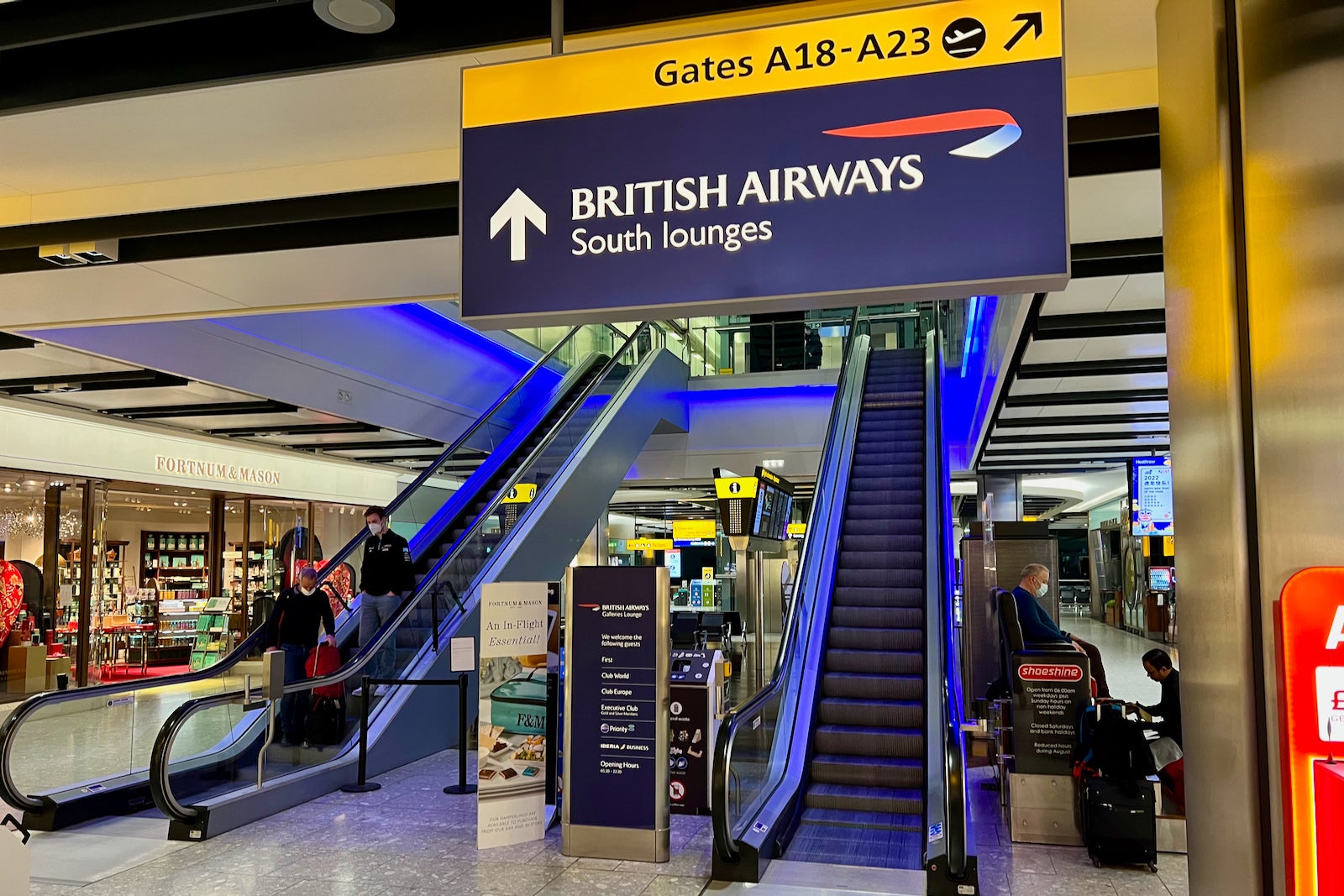
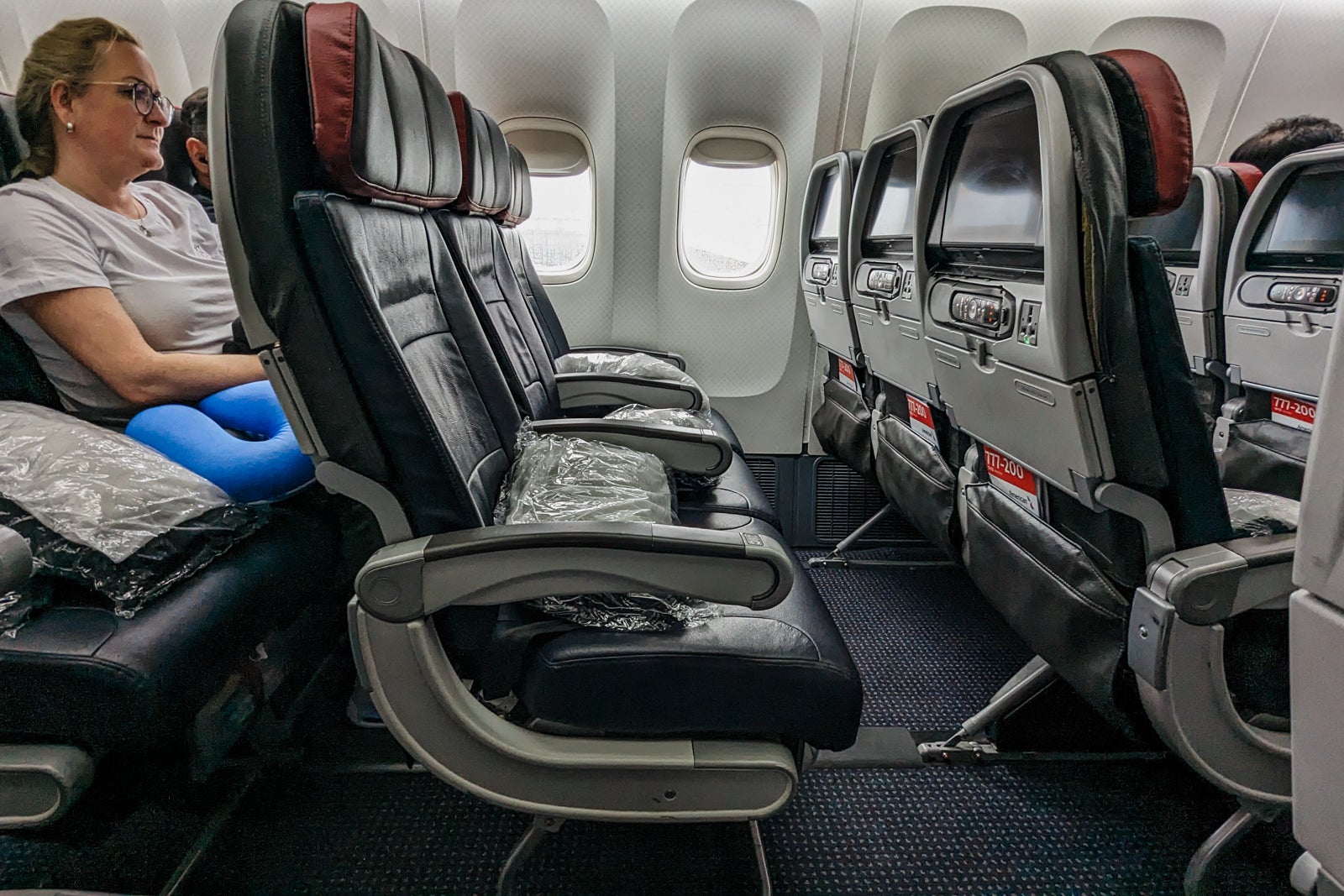
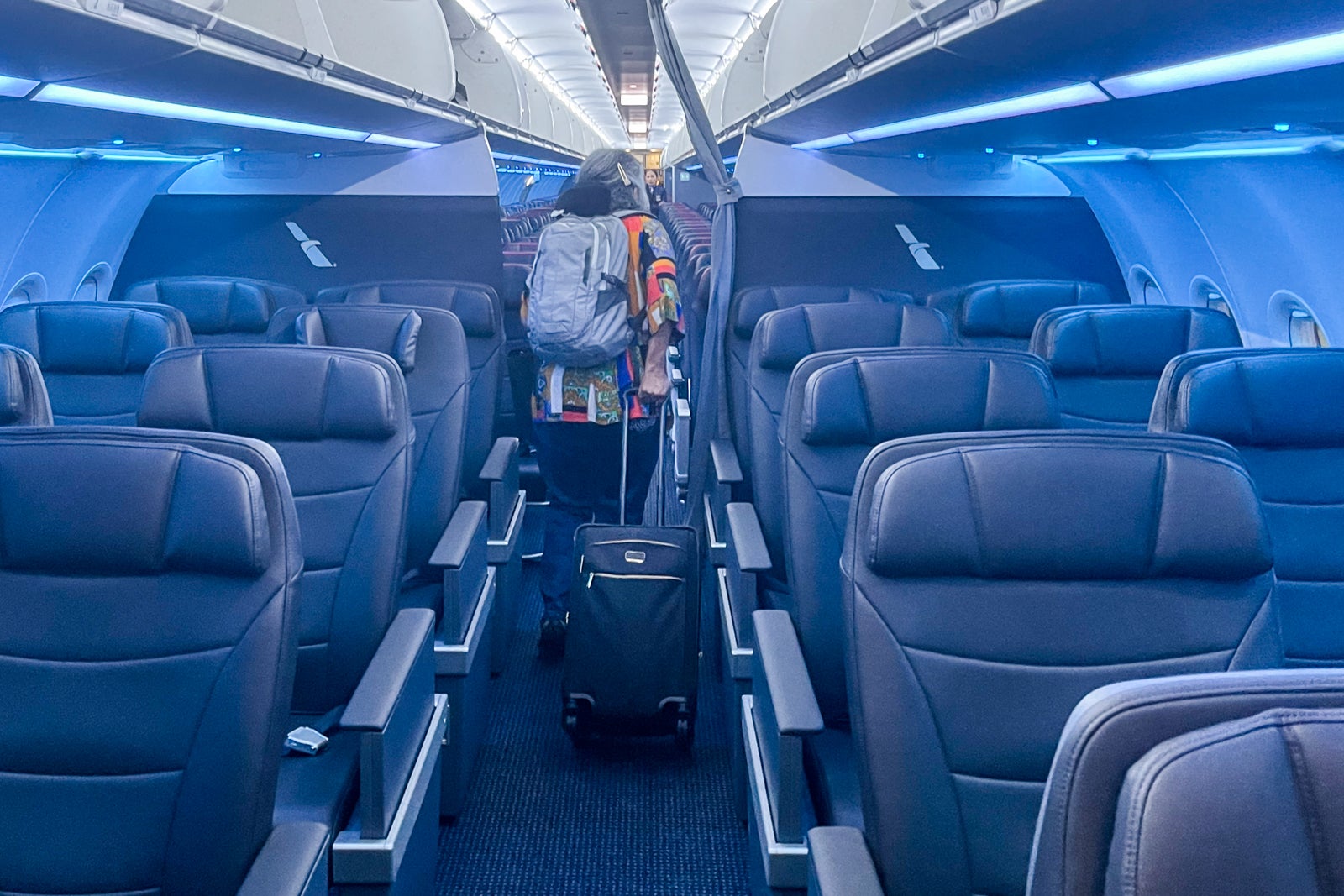


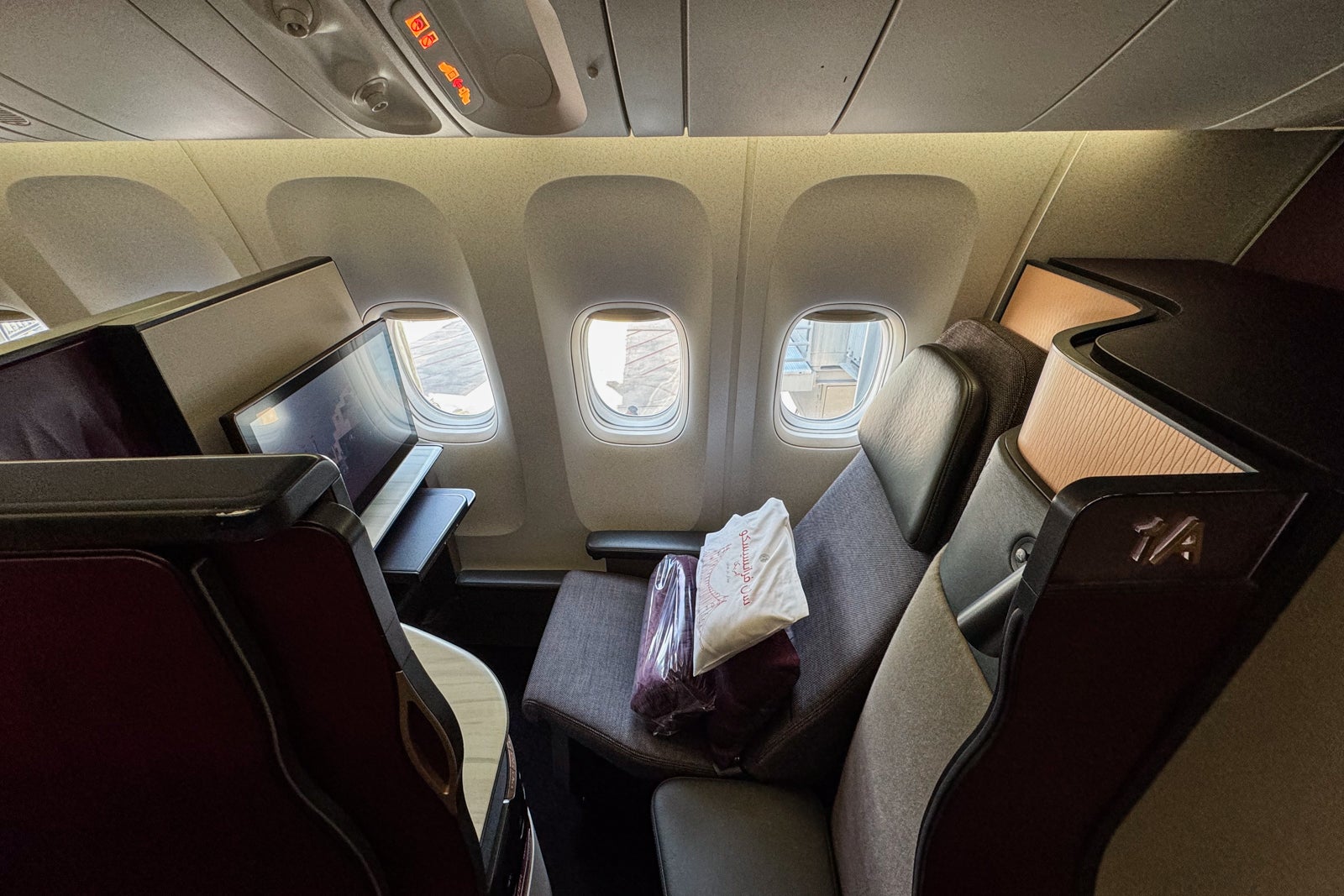
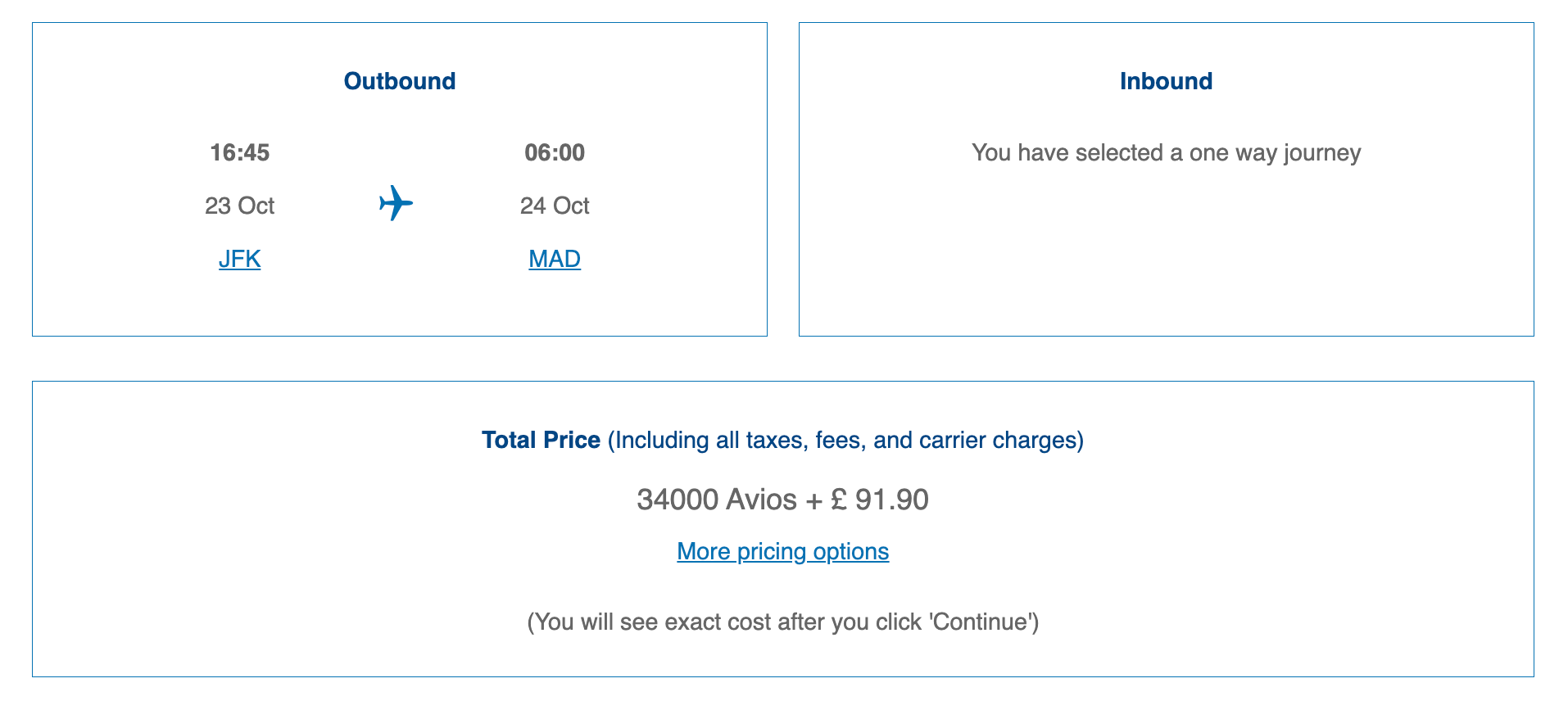
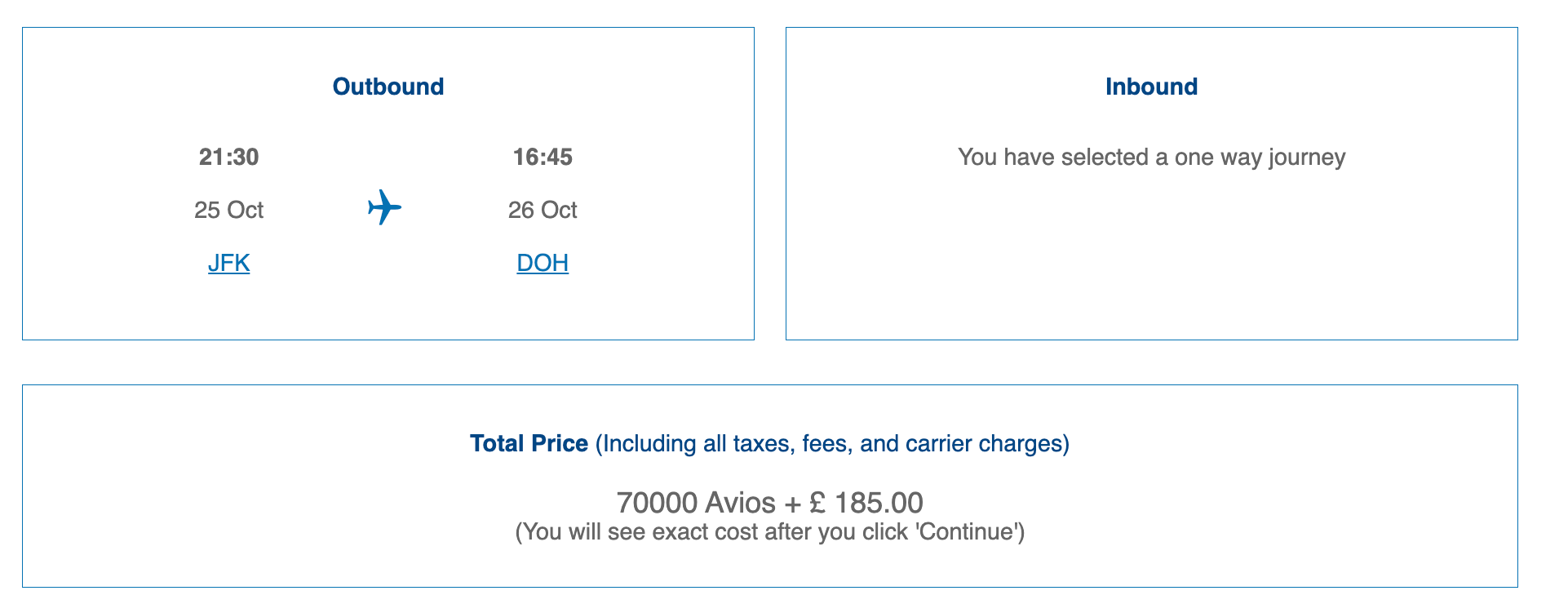

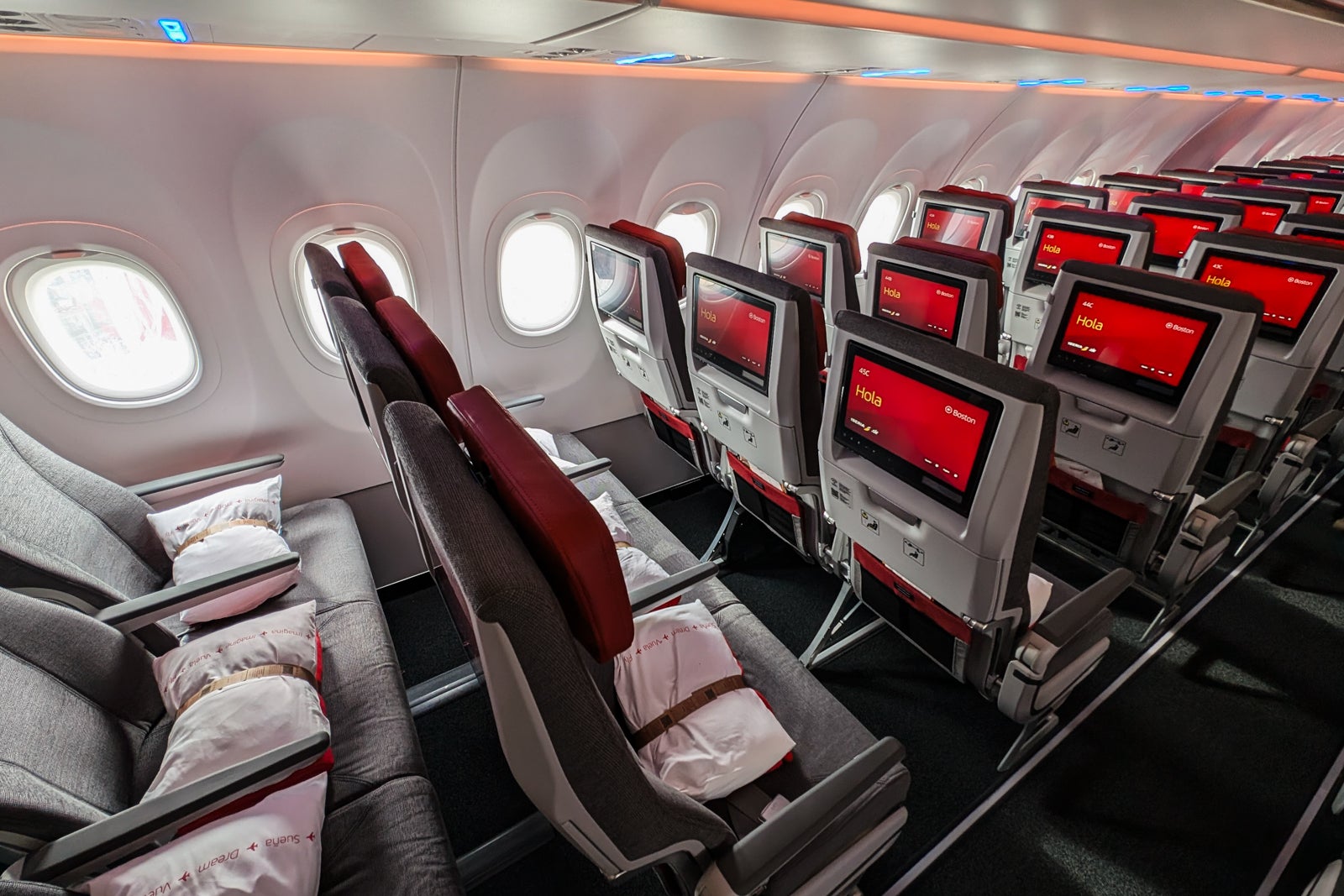
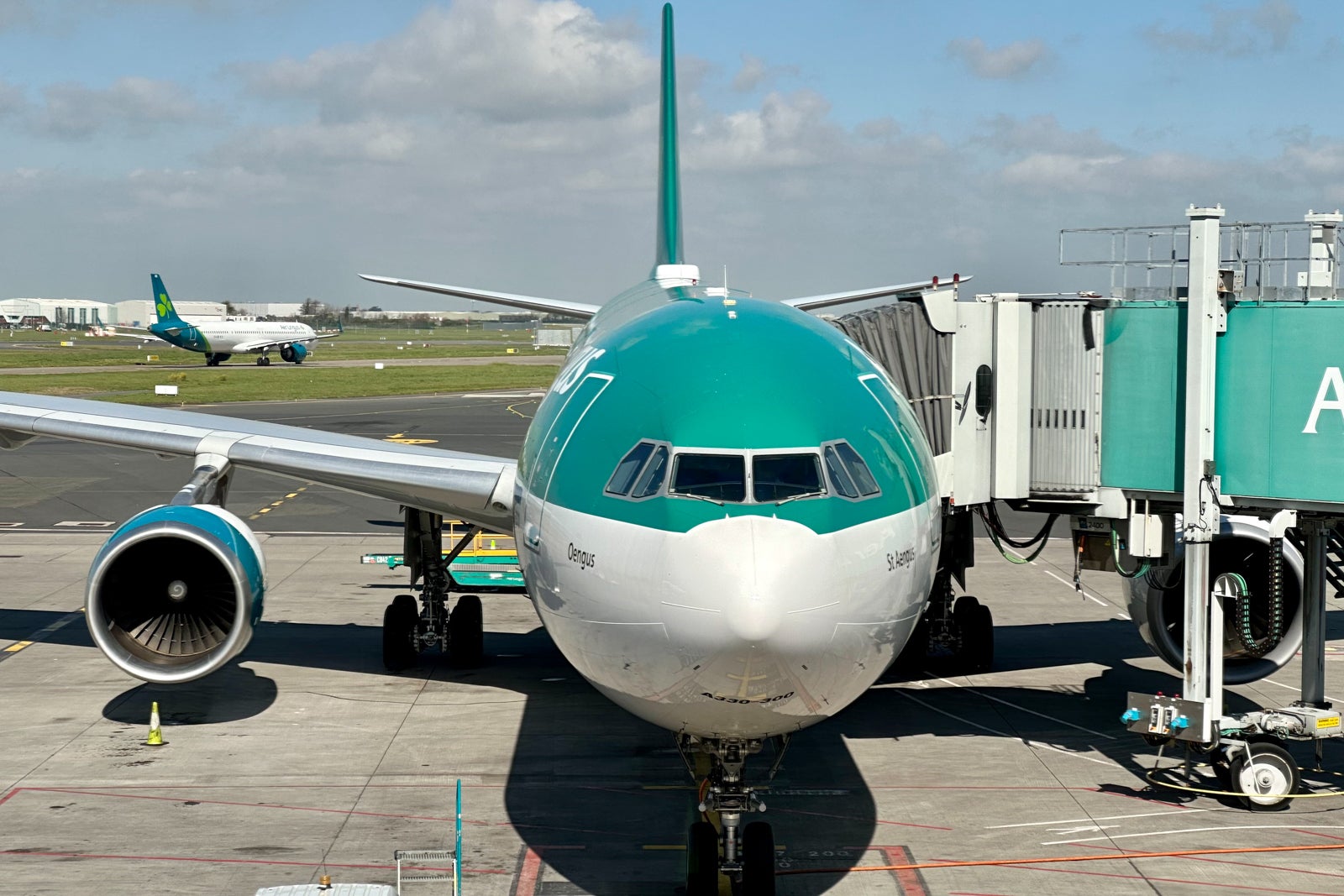





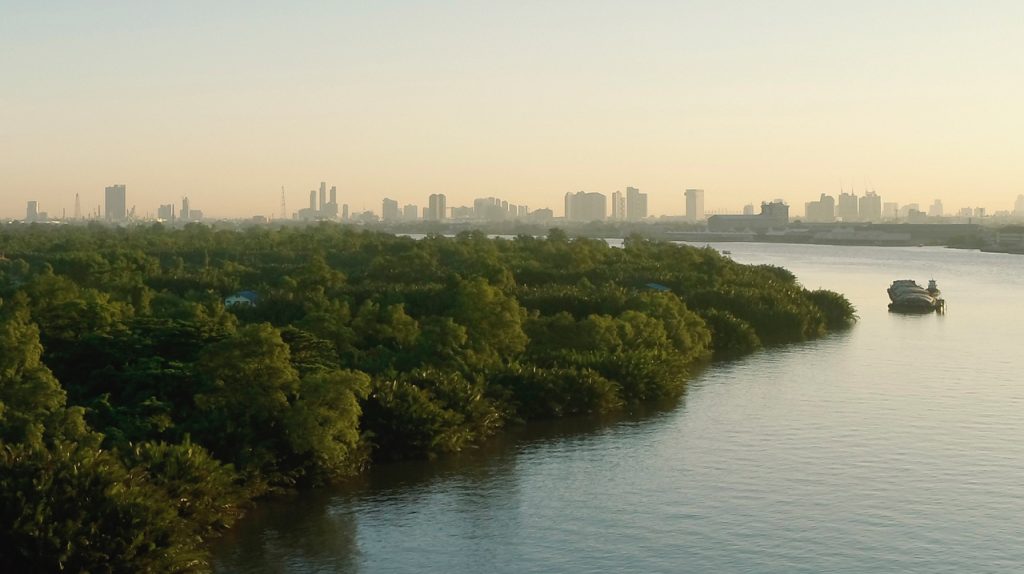




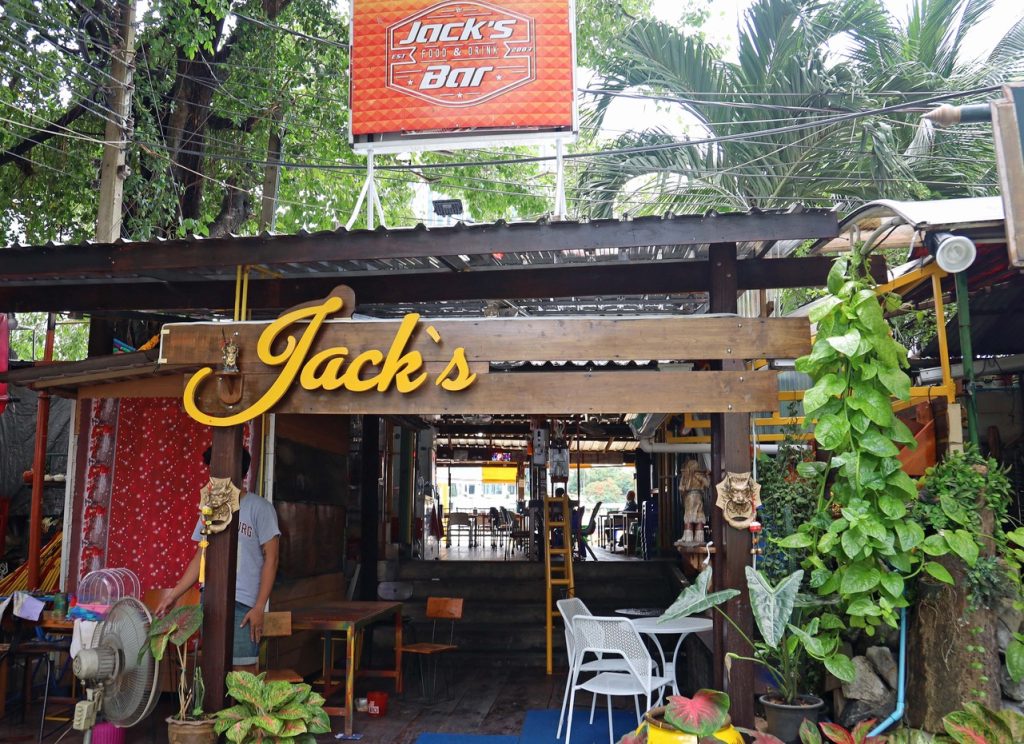



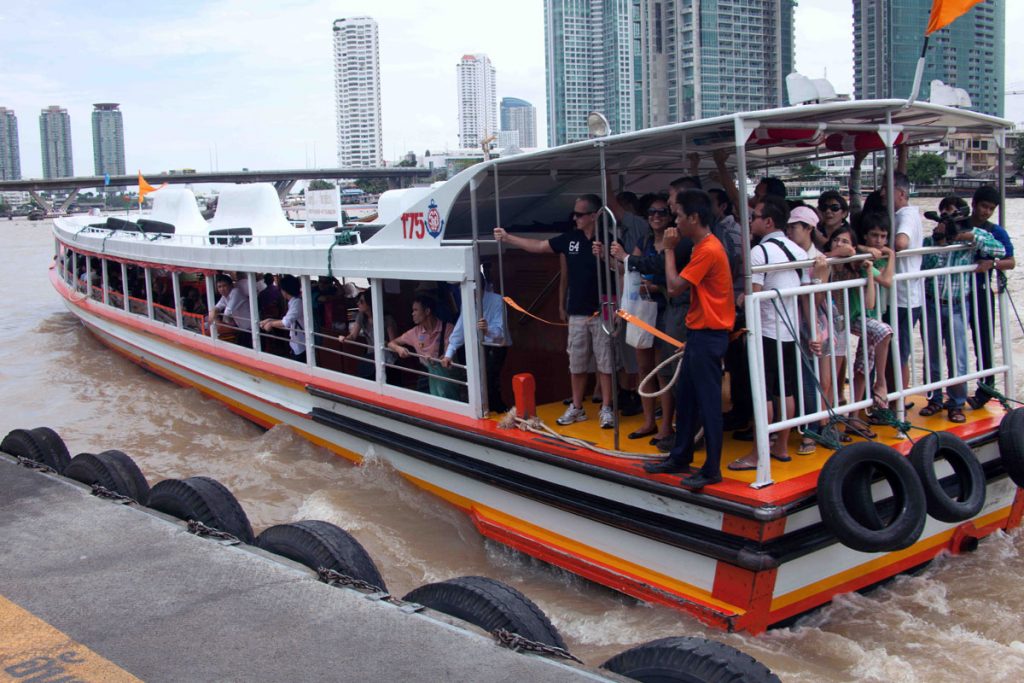
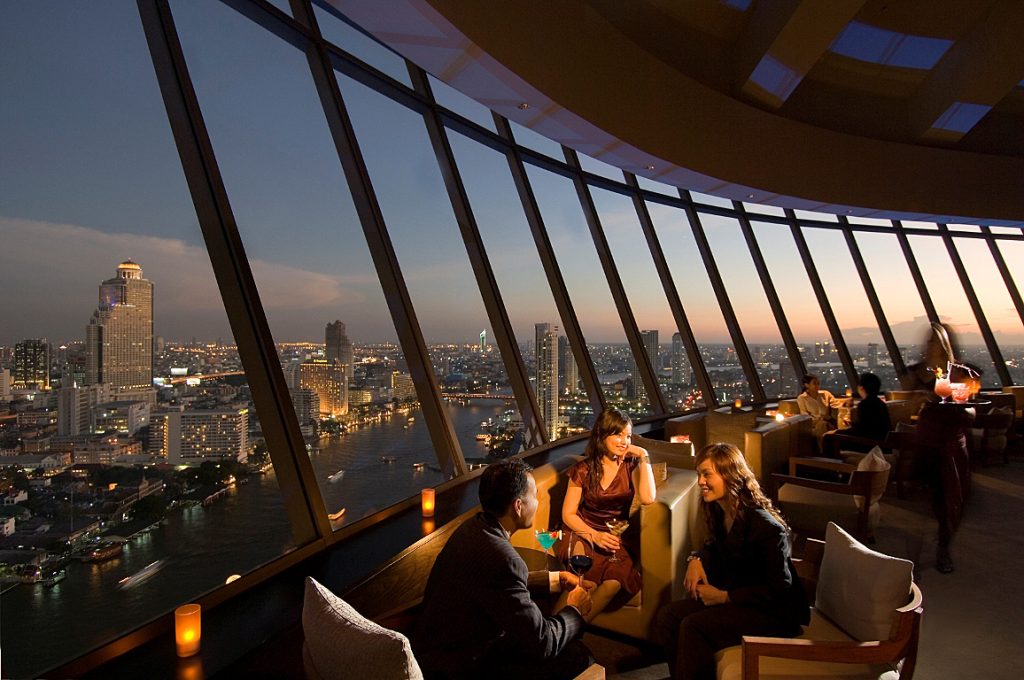


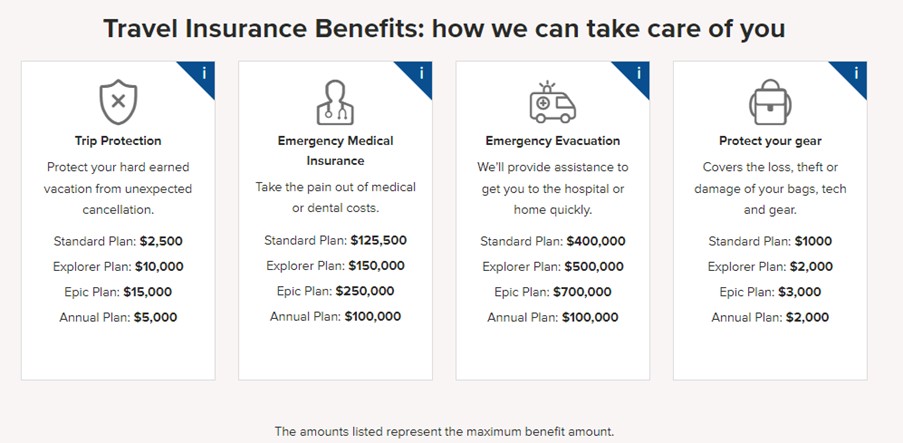
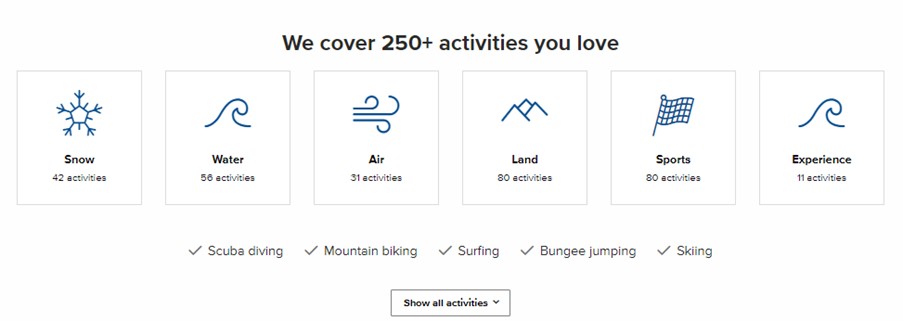


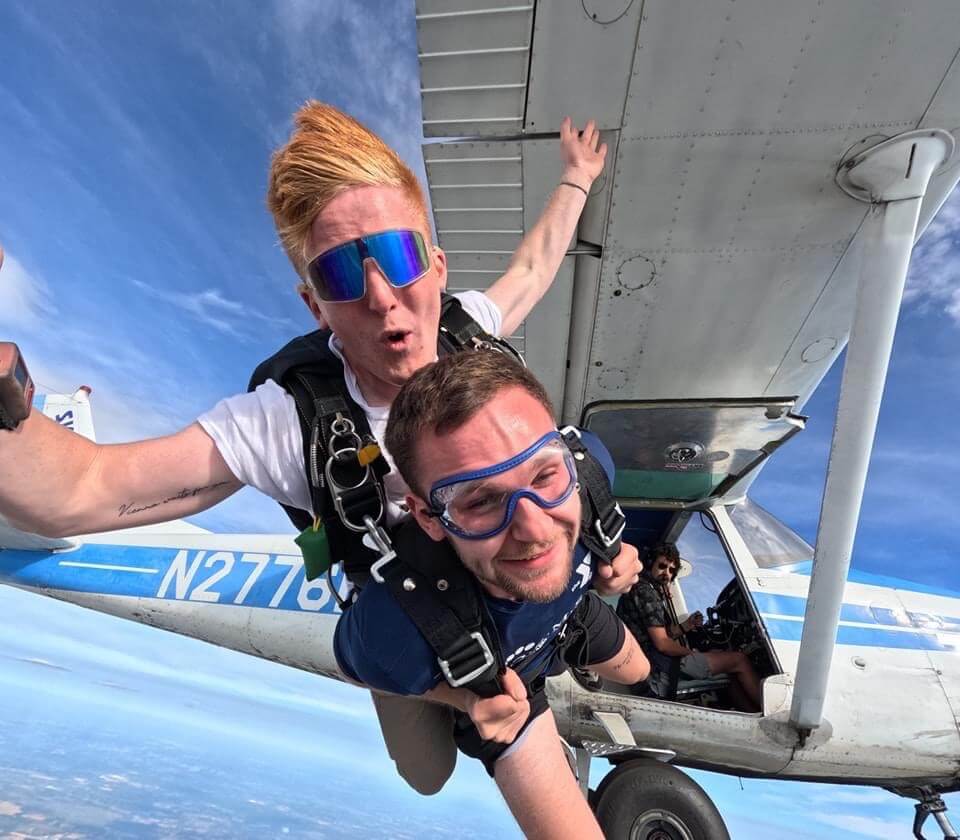
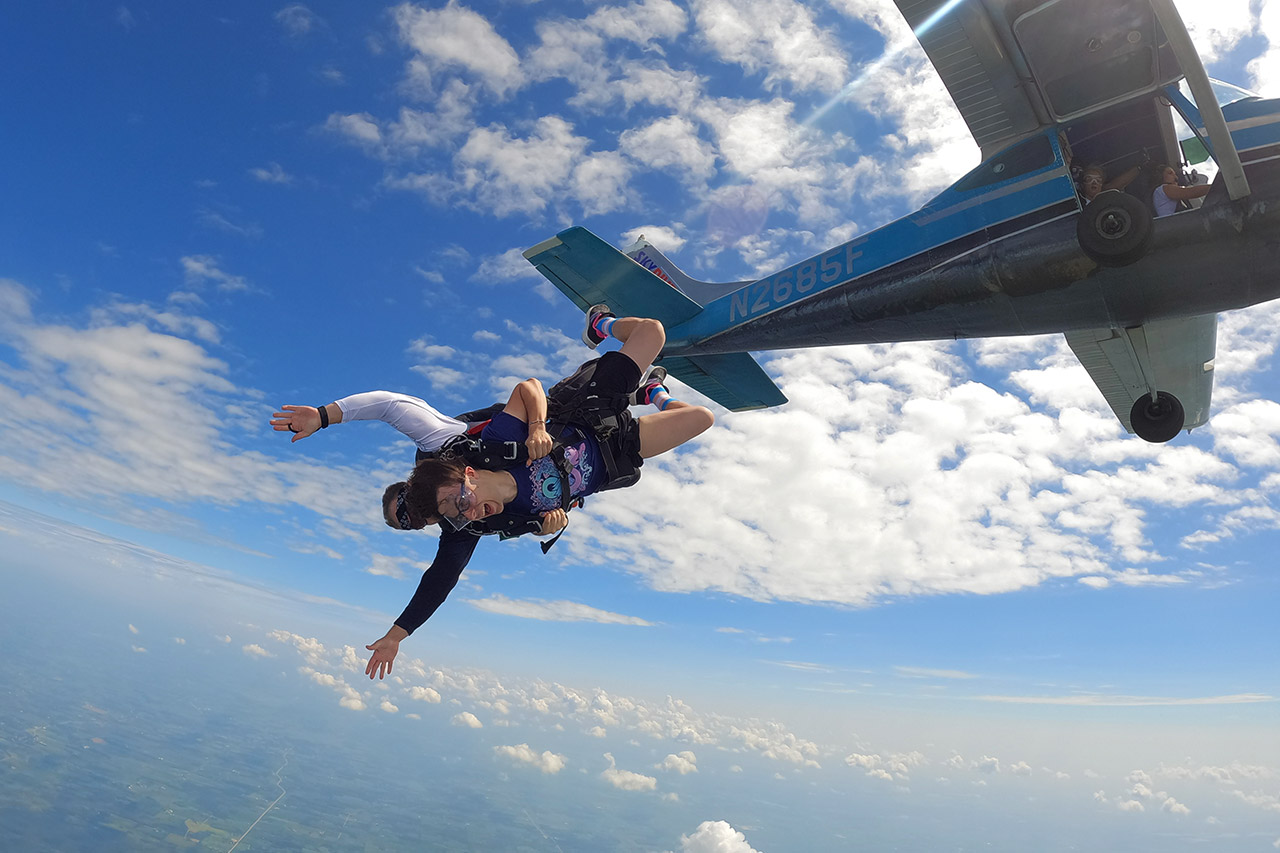
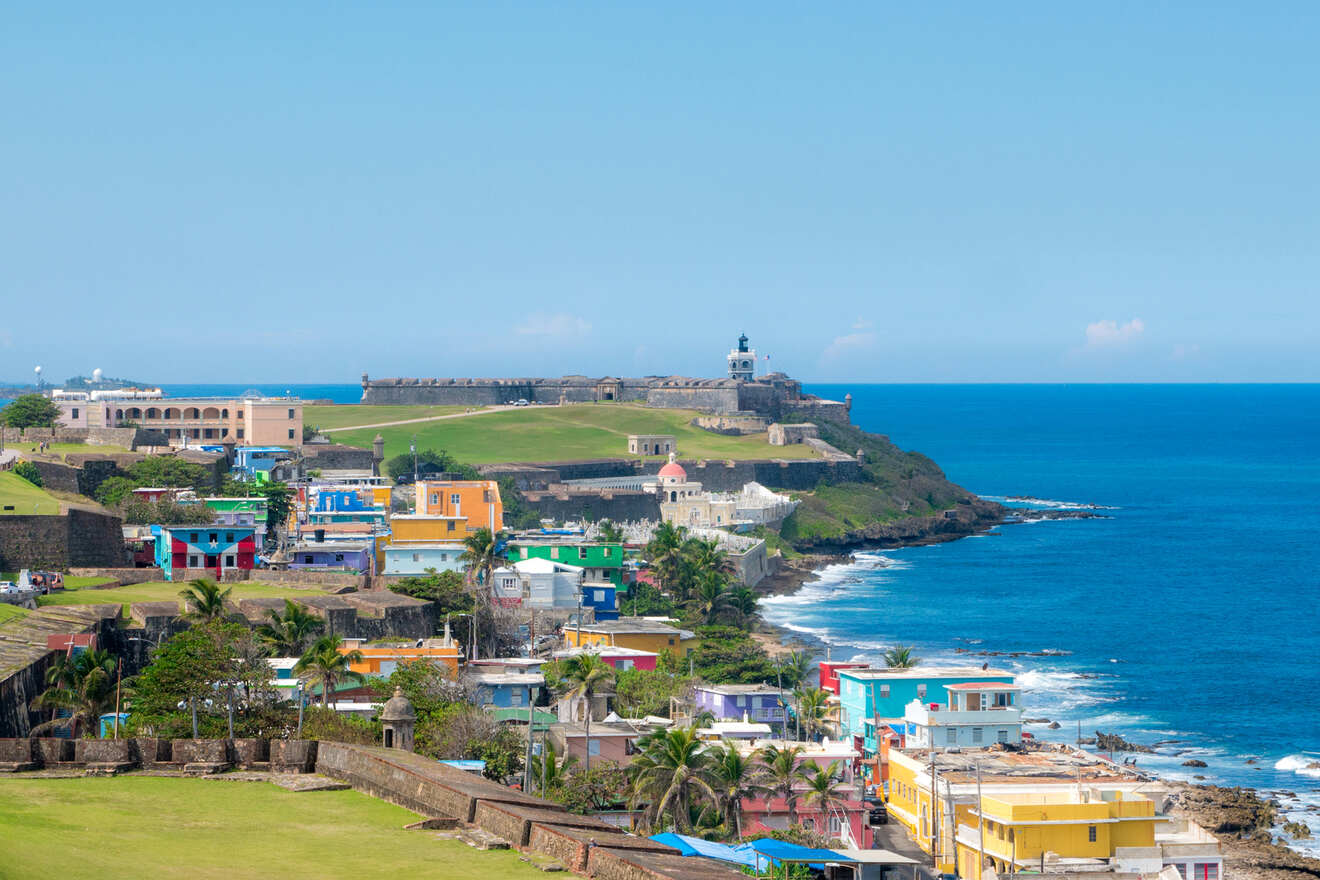

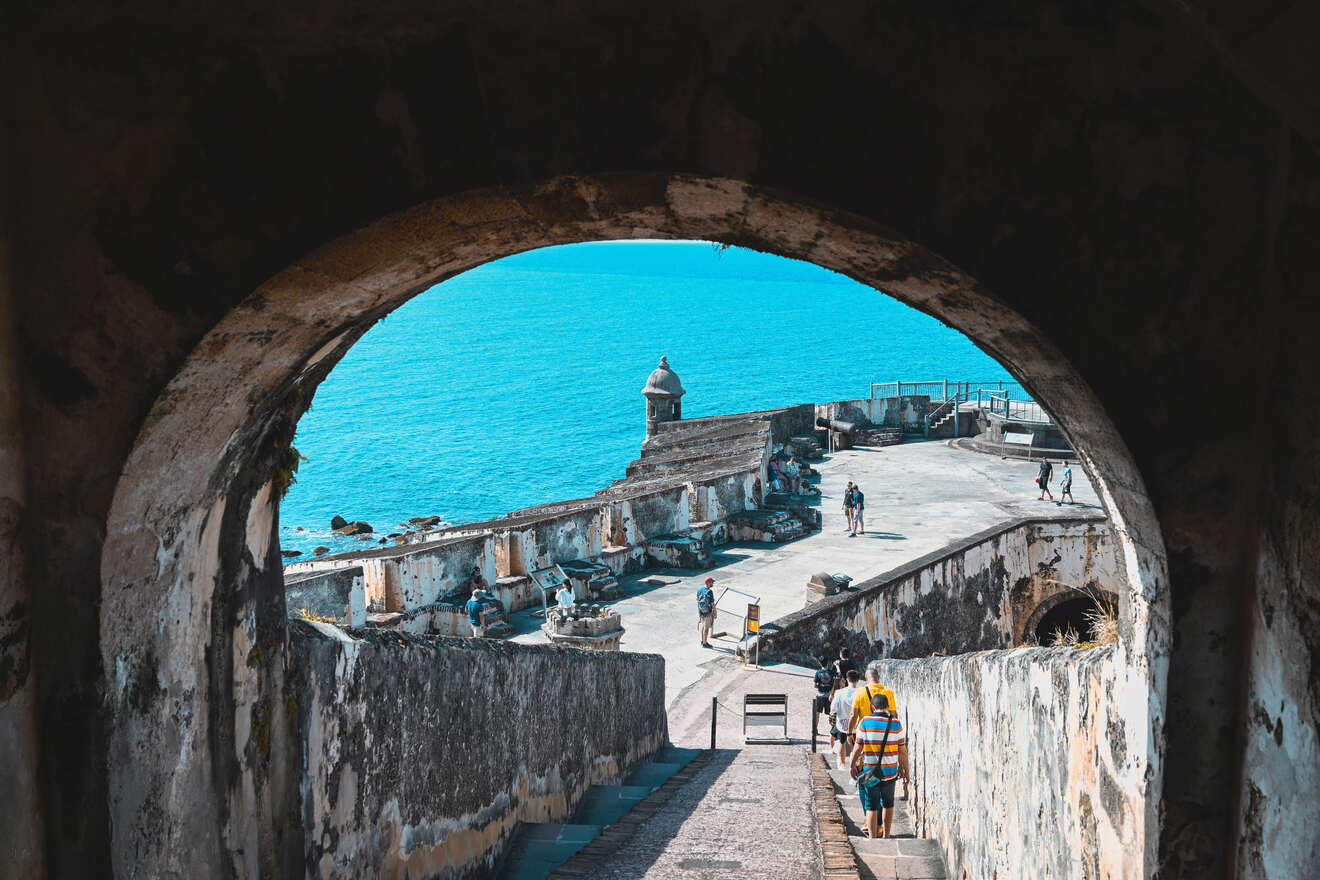
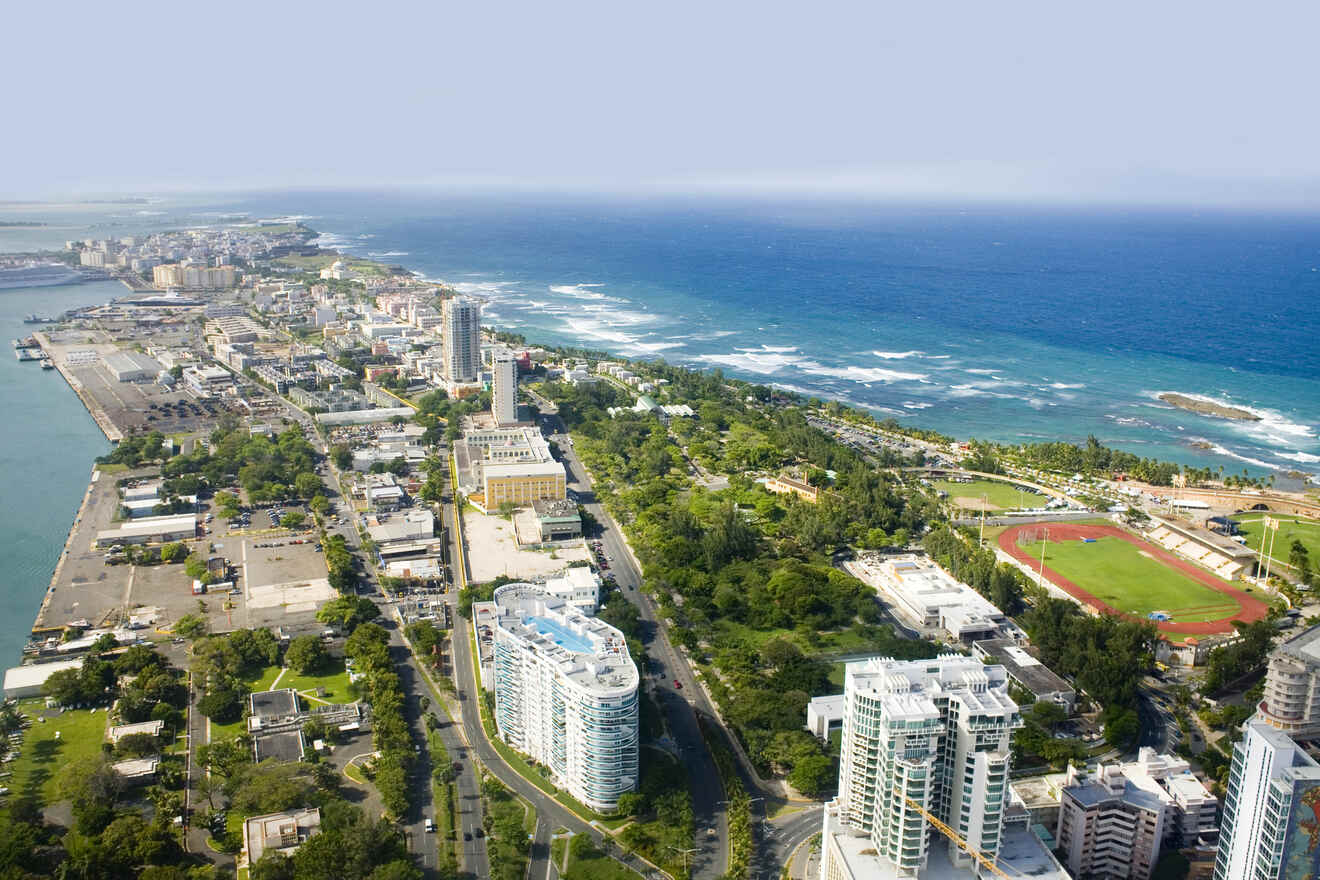
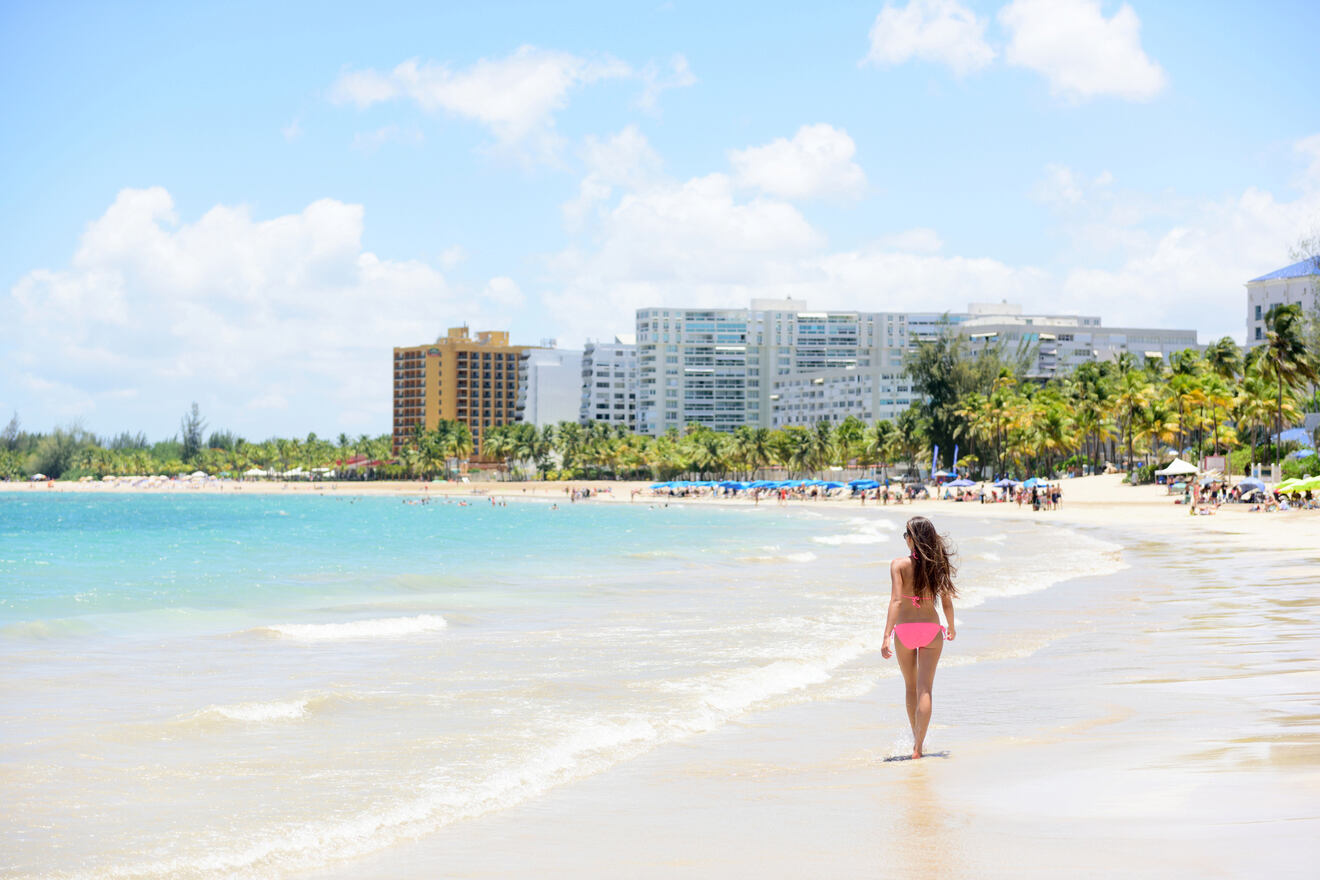
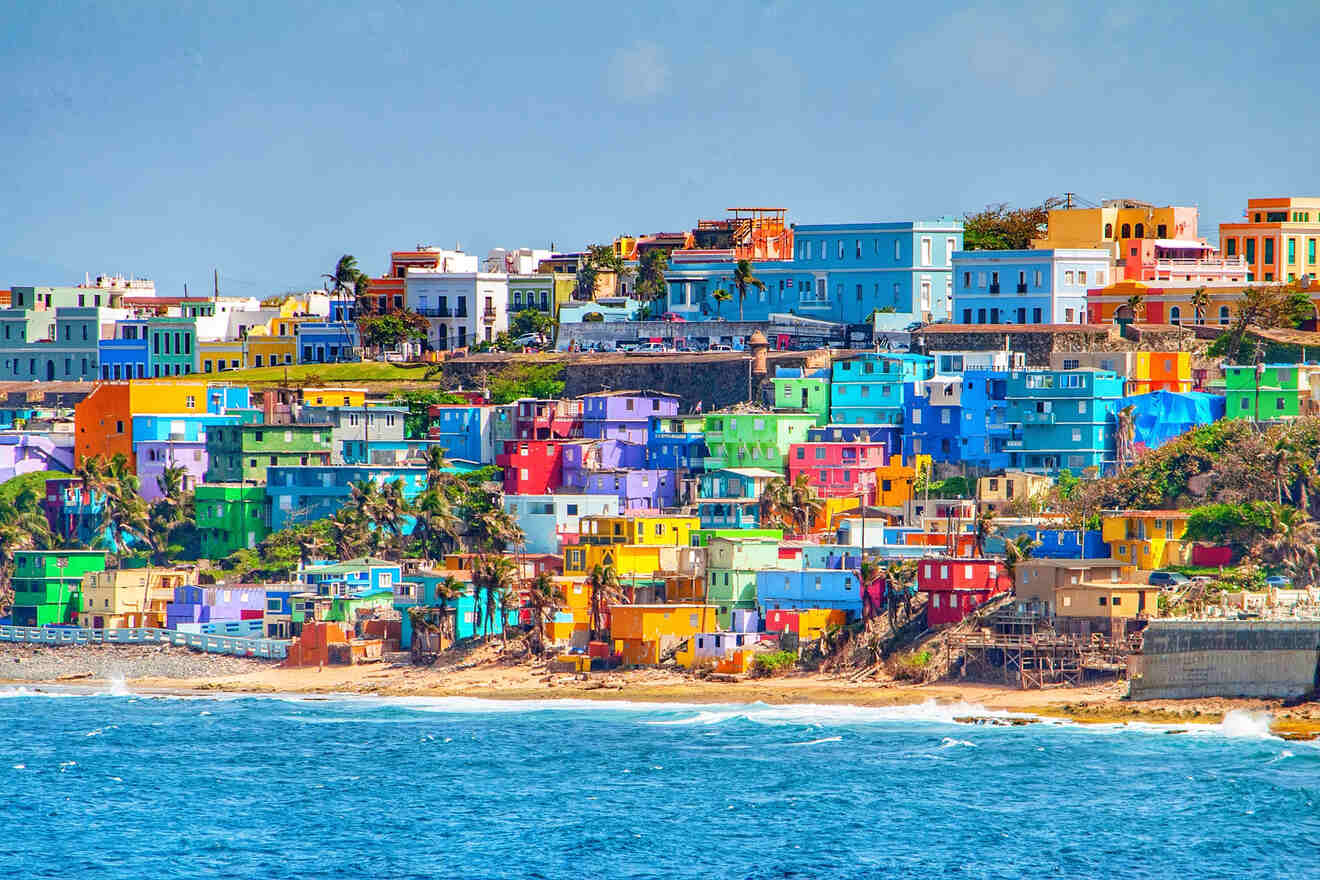
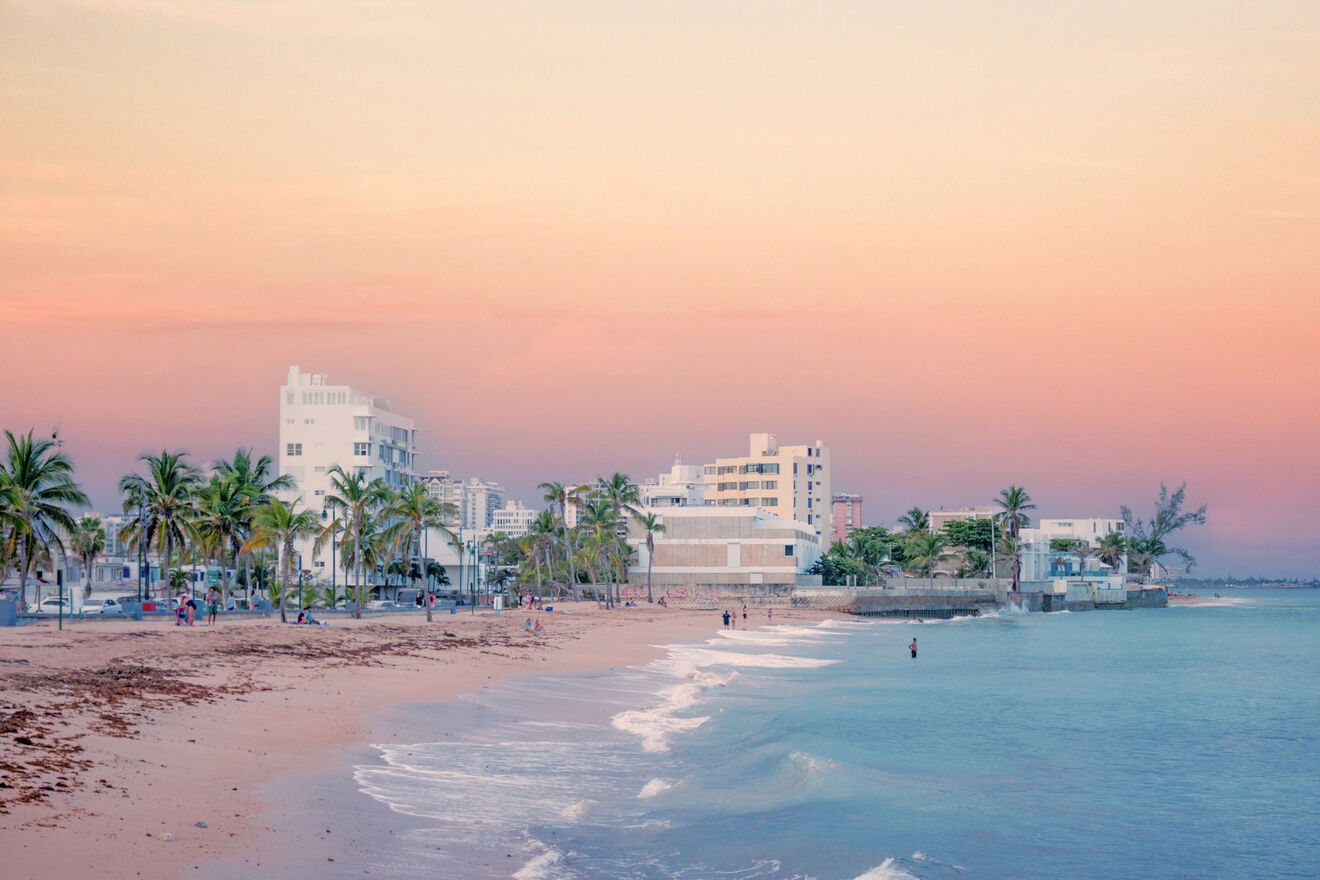

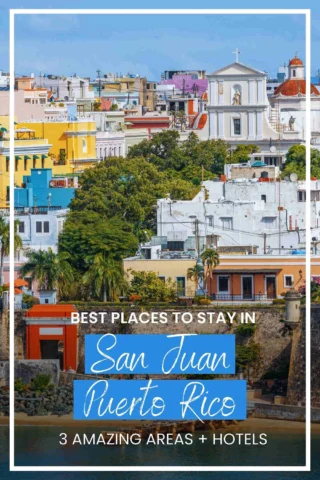

 An analog altimeter for skydiving looks very much like a clock or watch. There’s a circular dial with numbers evenly spaced around the face (representing thousands of feet) and a needle that moves to point at the current altitude. These altimeters are most often worn on the wrist, though skydivers sometimes mount them on their chest or even their feet. The analog version is the oldest iteration of the altimeter, but don’t let that fool you. Even analog altimeters have progressed and improved over the years to be cutting-edge pieces of technology.
An analog altimeter for skydiving looks very much like a clock or watch. There’s a circular dial with numbers evenly spaced around the face (representing thousands of feet) and a needle that moves to point at the current altitude. These altimeters are most often worn on the wrist, though skydivers sometimes mount them on their chest or even their feet. The analog version is the oldest iteration of the altimeter, but don’t let that fool you. Even analog altimeters have progressed and improved over the years to be cutting-edge pieces of technology. Digital altimeters for skydiving are a more recent addition to the fleet of altitude equipment and they caught the skydiving world by storm. Walk onto any dropzone and you’ll see that most of the skydivers there are using digital altimeters. This is because they tend to be lower profile, quicker to read, and can even store additional information about the jump (like speed, freefall time, and exit altitude). Digital altimeters, like their analog counterparts, are also worn on the wrist – they just display altitude in digital numbers instead of on a dial.
Digital altimeters for skydiving are a more recent addition to the fleet of altitude equipment and they caught the skydiving world by storm. Walk onto any dropzone and you’ll see that most of the skydivers there are using digital altimeters. This is because they tend to be lower profile, quicker to read, and can even store additional information about the jump (like speed, freefall time, and exit altitude). Digital altimeters, like their analog counterparts, are also worn on the wrist – they just display altitude in digital numbers instead of on a dial.